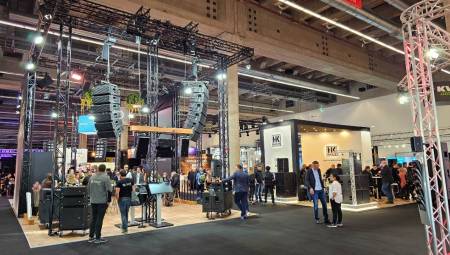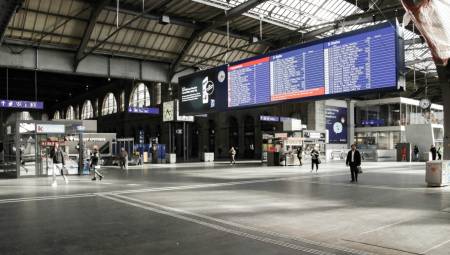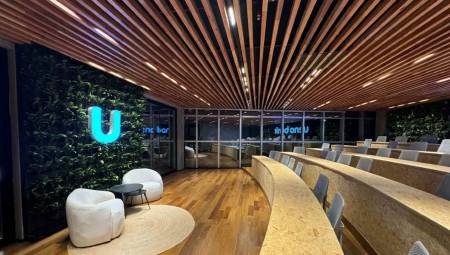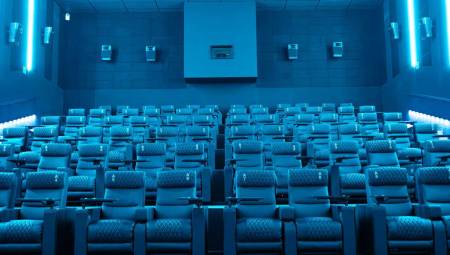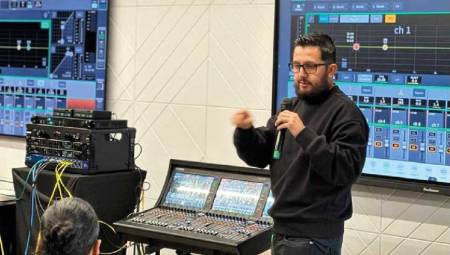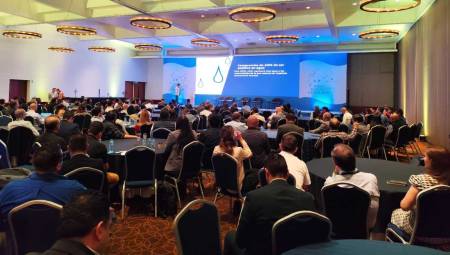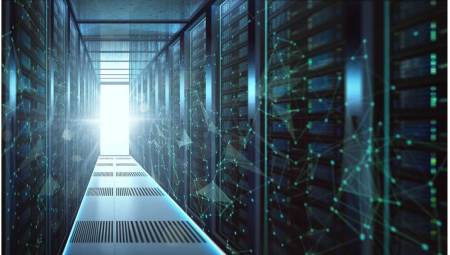Latin America. For control rooms, reliability is one of the priorities, especially in critical environments, so it is essential to ensure continuous performance, and a low operating cost. For companies, an LED videowall is an important investment that allows to have the best visibility and control of the processes.
To make the option of a control room much more viable, many companies choose to save on energy consumption, reducing costs in the long term. The company Barco analyzes how to achieve this.
Let's start with energy consumption
A simple way to limit operating expenses is to optimize energy consumption. Calculating the amount of energy beforehand is tricky, as it largely depends on brightness settings and content (predominantly dark content needs less energy). But did you know that, even in total black mode, the videowall still consumes 45 percent of the maximum brightness? And that, in most LED videowalls, this also applies to standby mode?
Manuel Navarrete, LVX leader Latin America mentions, "to solve the high consumption of a videowall, TruePix presents the EcoPower standby mode, which reduces energy consumption by up to 95 percent compared to the total black mode. This means a consumption of less than 10 W/m². This standby mode can be easily scheduled or activated when there is no communication, source signals or active test patterns."
This means a great dynamic energy saving, even more than 50 percent! Making measures like these contribute to making the platform environmentally friendly. So much so that it has obtained the A+ label in Barco's strict ecological scoring methodology.
Multi-tiered failover
A large number of LED videowall are used in critical environments, which means that the risk of failure must be extremely low. A first point of failure, although quite unlikely, is the power supply of the LED module. Do you want to be sure that this will not be a problem? Anticipate with an optional redundant power supply, which automatically takes over the moment the main power fails.
Another more common risk is the interruption of the data path. The modules are usually chain-wired, in which data follows a single path that flows through each panel. The risk is known: when the data path is interrupted, all subsequent modules in the chain go black. A common solution for this is data path redundancy: data flows in two directions. Thus, when one direction fails, the module receives signal from the other side.
"That's why TruePix introduces communication between 4-way modules, a patented technology. Each module communicates with its direct neighbor and can receive the necessary data from it. The takeover occurs in a completely transparent way, so users will not even realize that a data path has failed: only a notification in the videowall Management Suite will inform the user. In this way, there is virtually no chance of a blackout." Manuel Navarrete Pérez, LVX Latin America leader of Barco Mexico, mentioned.
Minimize maintenance risks
Pixel damage is the bane of any owner of an LED videowall. Even a single black dot is clearly visible and should be avoided at all costs, so technologies such as Barco TruePix already introduced a number of precautions during installation, but the third cause of pixel damage occurs during maintenance operations.
"Therefore, we also investigated that aspect. Barco is the first manufacturer on the market to use motorized module extraction to bring out an LED module in a controlled manner. But with TruePix, we've gone one step further. Now each module can be removed fully automatically, at a safe distance and completely parallel to the wall. This leaves no possibility of error during maintenance actions," said Manuel Navarrete.
The implementation of all these TruePix measures clearly shows Barco's commitment to delivering on its promise to create an "always-on LED wall." By considering getting a video wall that is specifically built to excel in the continuous and demanding environments of control rooms and command centers to your company, you will be able to obtain the scalability, continuity and reliability fundamental to a critical operations center to see better and solve faster.





